How to forage, harvest and use elderflower
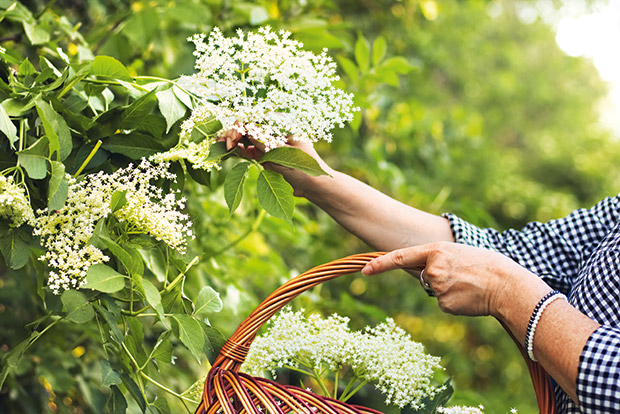
Large, lacy, creamy white clusters of elderberry flowers are a pretty sight and a delicious find.
Words: Jane Wrigglesworth
They taste somewhat like muscat grapes if you’ve ever tried those – a sweet floral aroma, a cross of sorts between lychees and jasmine.
Elderflowers have been popular for centuries as a food source and in traditional medicine. Drinks made with elderflowers are quite the treat, alcoholic and non-alcoholic. The flower clusters are often dried to use for tea. They’re also delicious battered and fried or added as a flavouring to ice cream or syrup.
The flowers were traditionally used to treat the symptoms of various ailments, from colds to constipation.
HOW TO USE THE FLOWERS
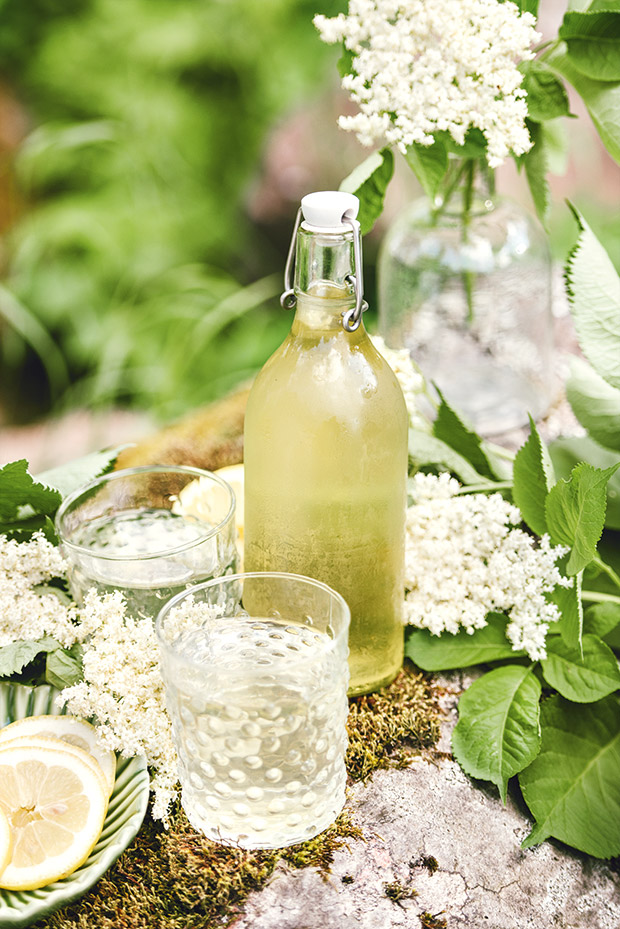
If you fancy a spot of foraging from trees in your area, you can make some delicious treats. Angela Clifford of The Food Farm and Eat NZ makes elderflower cordial each year. She dilutes it with water to sip as a refreshing beverage or adds it to other recipes, such as marmalade.
Fellow Cantabrian gardener and preserving teacher Honey Anderson uses her homemade cordial as a syrup, poured around panna cotta.
“I make jam with the elderberries and mix them with little plums that also grow wild around Rakaia. I cook the fruit and run it through a mouli to get the stones out, then make jam with equal quantities of fruit and sugar. I usually put a lemon in to help it set as it needs a bit more pectin.”
Honey prefers to use fresh flowers straight away, rather than storing or drying them. “I use scissors and cut the bunches that are fully open straight into a bucket.”
WHEN TO FORAGE
Elderflowers start blooming from late spring to early summer, depending on where you live, and continue for a couple of months. The best elderflowers are young and fresh, which is when they’re at their most fragrant and tastiest. Pick the flowers on a dry day.
WHERE TO FORAGE
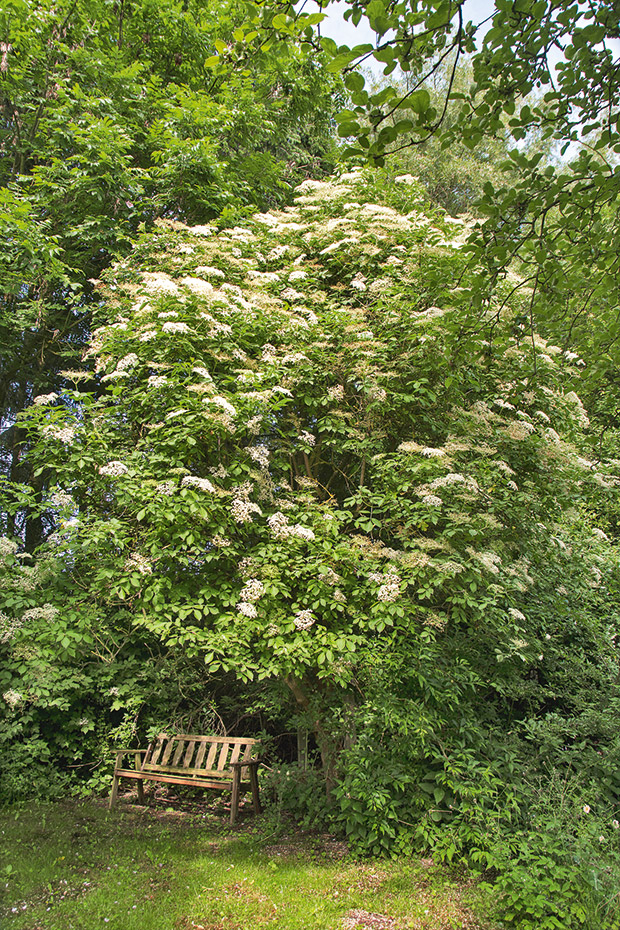
Elderberry trees are widespread. They often grow on the edges of forests, alongside roads and highways, and near water sources. Look on disturbed land, around stream banks, and in cool, damp woods, and open fields. They tend to grow in colonies or thickets (thanks to their spreading nature), so if you find one, you’re likely to see lots more nearby.
“Look around areas where there are creeks and rivers,” says Angela. “You often find it interspersed with hawthorn as they like similar conditions. But don’t risk life and limb picking elderflower as often the trees can be on the sides of steep banks. Keep an eye out for those most accessible throughout the year.”
IDENTIFICATION
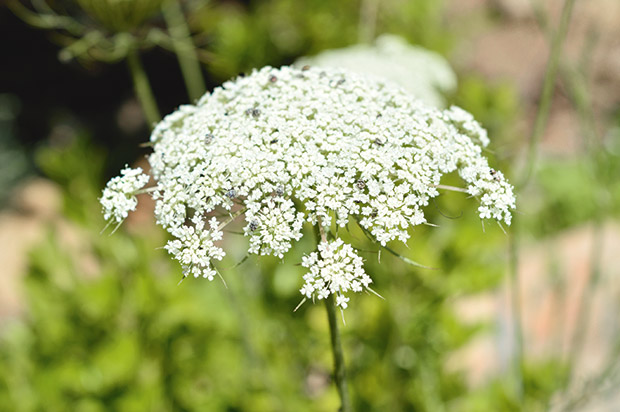
Elderberry flower heads are broad and rounded, often reaching the size of a dinner plate. Each one is made up of clusters of hundreds of tiny, white, star-shaped flowers. Eventually, the flowers die off and berries form in their place.
Some confuse the flower heads with those of poisonous hemlock. However, hemlock is a pasture weed with fleshy stems (see below), not a tree-like shrub. Hemlock also has distinctive fern-like leaves, quite different from elderberry’s broadly oval, serrated leaves. Hemlock also has upright flower stalks that appear from the ground, with purplish-red splotching on them. If you look closely at the petals, hemlock’s are raggedy, unlike elderflower petals which are perfectly rounded on the edges.
HARVESTING
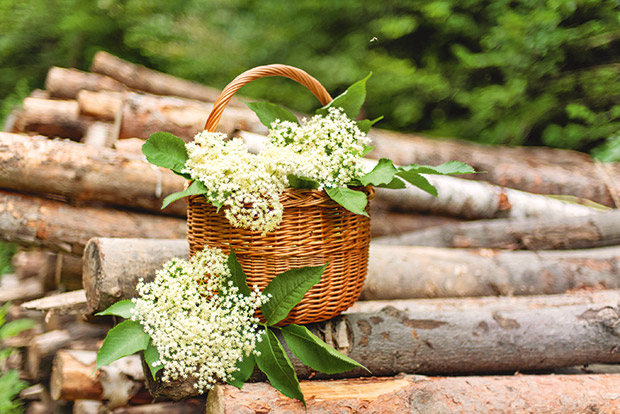
Look for elderflowers that are just beginning to open, where the flowers are still upward-facing and creamy white. Don’t harvest flower clusters that are dark yellow or brown. Fresh elderflowers are wonderfully aromatic with a sweet, floral scent and taste.
Use sharp scissors or secateurs to harvest the clusters.
PREPPING THE FLOWERS
Flower clusters deteriorate quickly, so it’s essential to use them as soon as possible. Carefully remove the leaves, stems, and bark. This takes some patience, as you’ll need to carefully snip the flower heads from the stems.
THE CASE AGAINST ELDERS
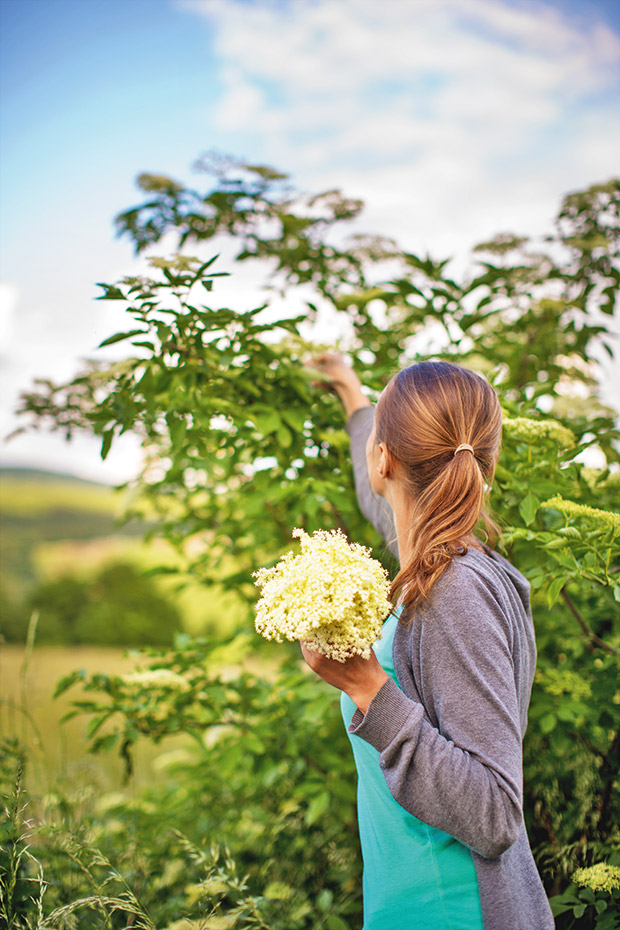
The lace-like elderflower heads of the elderberry (Sambucus nigra) tree dot the landscape in early summer, mostly in the South Island and the lower parts of the North Island. They prefer these cooler climes, romping across the countryside, spreading with abandon. They’re regarded as an invasive weed in some places because:
• they aren’t particularly fussy about where they grow – sun or part shade, dry or moist conditions, poor to medium soils;
• they’re fast-growing, and sucker wildly;
• the seeds are spread via birds which scoff the berries in autumn.
While trees are a treasure for foragers who love to use the flowers and berries, farmers aren’t so enthusiastic. The leaves, bark, roots, and unripe berries are toxic to livestock – and humans – containing cyanogenic glycosides which can cause nausea and illness.
CAUTION
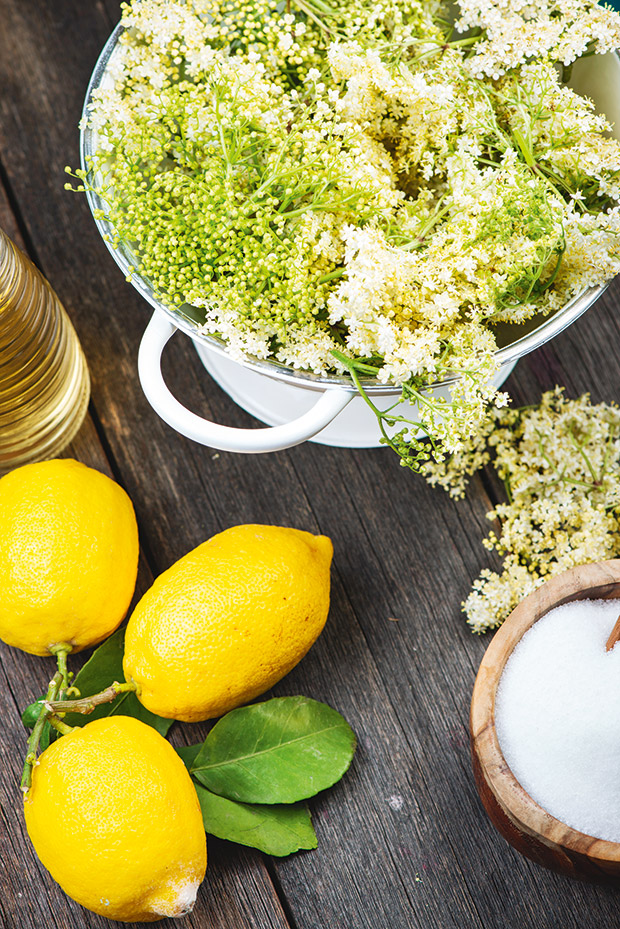
• Leaves, stems, and unripe berries are toxic.
• People allergic to grass pollen may experience a similar reaction to elderflower pollen.
• Eating elderflowers may lower blood glucose levels – those taking antidiabetic drugs might be at risk of hypoglycaemia.
Love this story? Subscribe now!
 This article first appeared in NZ Lifestyle Block Magazine.
This article first appeared in NZ Lifestyle Block Magazine.
